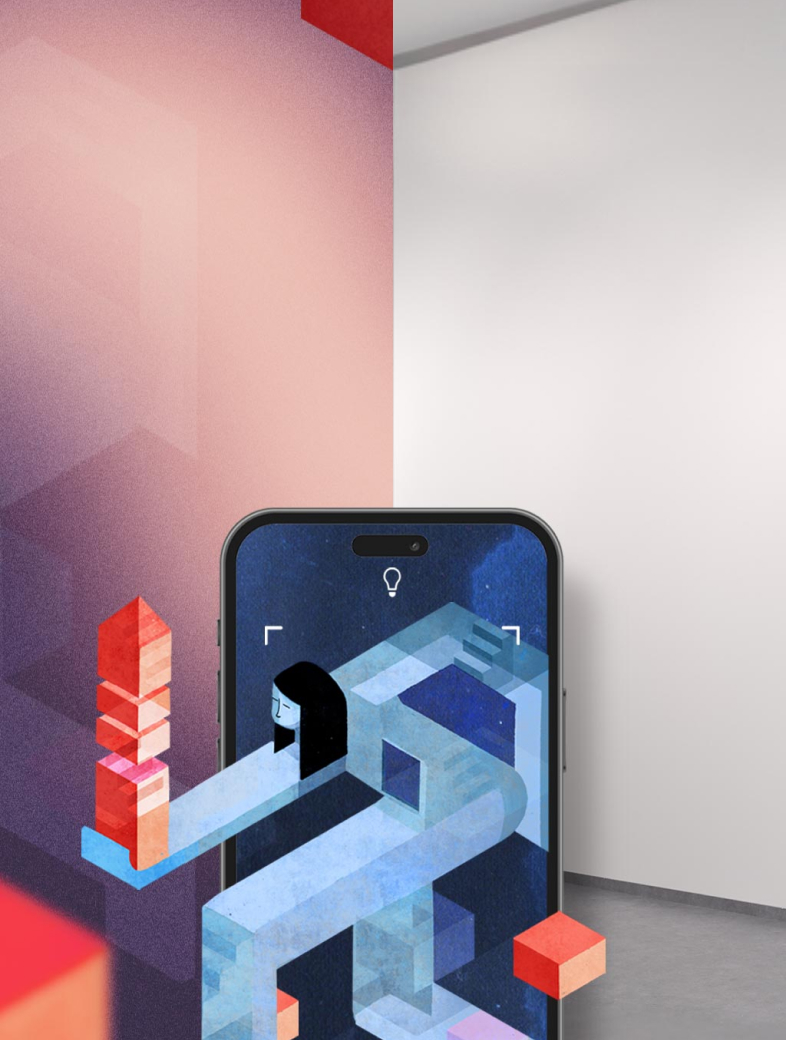What Is An NFT?
Unless you’ve been living under a rock — and no judgments here, if you have, the real world is a lot to take in right now — you’ve probably heard the latest buzzword going around. Or, if you want to get technical about it, the latest acronym, because NFT stands for “non-fungible token”. Confused? Don’t worry, we were too. So we thought we would break it down for you and answer some of the main questions around the topic.
We are also looking more closely at what this could mean for augmented reality art and trying to find the best solution for our community, so if you’re interested, keep your eyes peeled.
First things first, what is an NFT?
As we’ve mentioned, NFT stands for non-fungible token. A fungible asset is something that can be easily exchanged with something else of the same value. For example, with currency, you can swap a $20 bill for two $10 bills or a bitcoin for another bitcoin and they have the same value.
Whereas something that is non-fungible has unique properties so it cannot be exchanged with something else. This applies to anything that is one-of-a-kind, such as art.
Take the Mona Lisa, for example, you can take a photo of it or buy a print but there will only ever be one that is the original.
Similarly, NFTs are “one-of-a-kind” assets in the digital world that can be bought and sold, but they have no tangible form of their own. The digital tokens can be thought of as certificates of ownership for virtual or physical assets.
How do NFTs work?
Traditional works of art are valuable because they are individual. Digital files, on the other hand, can be easily duplicated. NFTs allow artworks to be “tokenized”, which essentially creates a digital certificate of ownership.
As with cryptocurrencies, a record of who owns what is stored on a shared ledger known as the blockchain. The records cannot be forged because the ledger is maintained by thousands of computers around the world.
Are NFTs exclusive to the art world?
No. NFTs can be anything in a digital format — illustrations, GIFs, videos, music, texts — but a lot of the current excitement is around using the tech to sell digital art. A lot of the buzz surrounding NFTs is whether we are witnessing the evolution of fine art collecting, with digital art.
In theory, anybody can tokenize their work to sell as an NFT but interest has been fuelled by recent headlines of multi-million-dollar sales.
Can anyone copy the digital art?
Yes, digital files can be replicated and shared countlessly, and NFT artworks are no exception to this. However, NFTs are designed to give you something that can’t be copied, ownership of the work. Artists retain the copyright and reproduction rights, just like with physical artworks.
The buyer of the NFT owns a “token” that proves they own the “original” work, so ownership remains the real value.
Are NFTs just a trend?
NFTs are currently selling for a lot of money — some are even selling for millions. But is this just a trend or are NFTs here to stay?
It’s hard to tell this early on, but one thing is certain, NFTs are a very interesting development for artists. Absurd NFT sales of cat GIFs aside, this is a very promising step for digital artists to be recognized and for their art to be valued the same as traditional art.
Is there a future for NFT art collecting?
This is an entirely new marketplace that is opening up many doors — and one that we are exploring very carefully. NFTs are a great way to financially support artists you like and they also give the owner basic usage rights, such as being able to post the image online.
NFTs can also contain smart contracts that may give the artist a percentage of any future sale of the token, to ensure that they will benefit if their work increases in value.
And as with other collectible goods, NFT owners can also purchase in the hopes of reselling for a profit if the value goes up, creating a real market for art collection.
So what are these marketplaces?
There are several marketplaces that allow for the transactions of NFTs, including, but certainly not limited to:
Can NFTs be stolen?
Technically, yes. But it’s probably harder to steal an NFT than to steal the original Mona Lisa. Part of the allure of blockchain is that it stores a record of each time a transaction takes place. That being said, cryptocurrencies have been stolen before, so it depends on how the NFT is being stored. But we’re getting way ahead of ourselves here.
Are NFTs environmentally friendly?
Not exactly, our digital transactions have been under speculation recently, particularly where cryptocurrencies are concerned, because they require a lot of energy. This isn’t exclusive to NFTs though, even doing a Google search is increasing your footprint. But before you start panicking, this is something that people are working on finding a solution for.
Want to read more on the topic?
Here are some articles we really enjoyed:
- A look at how blockchain is changing how we view art
- Wired’s article on the environmental impacts of NFTs
- Why NFTs are a potential trap
Interested in creating augmented reality art? Sign up for a free account and start creating now.






